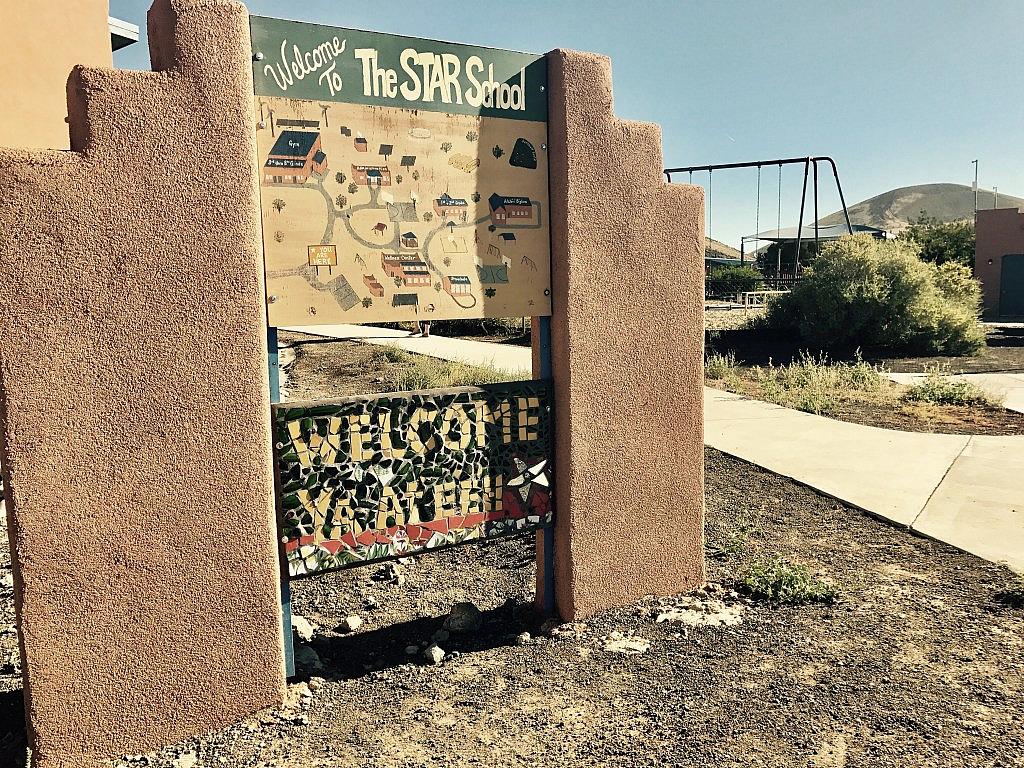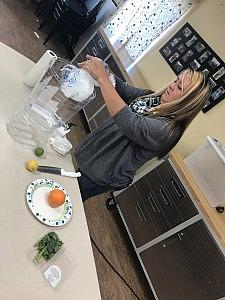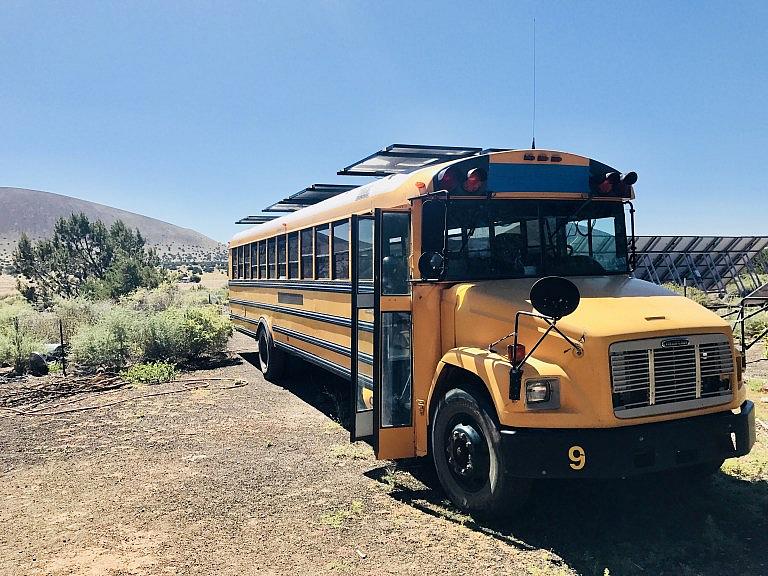Water first to help reduce disease
Through a fellowship with the USC Annenberg-Center for Health Journalism, we travel to LA and look at a program, which is helping ensure babies and parents are safe, healthy, and at the same time connecting them to other Native Americans in the big city.
Other stories in the series include:
Native comedian says exercise helps him both physically and mentally

Native organizations and advocates across the United States are seeking to get young Native people to switch from drinking sugary beverages, such as soda and energy drinks, to water. The Service To All Relations School, known as the STAR School, near the Navajo reservation in Flagstaff, Arizona is one place efforts are underway to encourage students to drink water while also identifying ways to address the longstanding lack of access to clean water in their homes. Pauline Butler grew up on the reservation. She’s the STAR School’s Coordinator of Community Happiness, but many of the students know her as the water lady. The school’s drinking water is filtered, but for many students drinking water regularly is not likely a habit. Butler works to help them enjoy choosing water.
Pauline Butler, known as the water lady, prepares infused water for students at the STAR School. (Photo-Antonia Gonzales)
Soda is banned during school hours, but sugary drink options are still widely available in the community. Butler and other educators at the school are making water more inviting to children by infusing flavors such as citrus, mint and vegetable blends. Infused water dispensers can often be found in the classroom and in the cafeteria. Young people are asked to bring water bottles to school for use throughout the day. The school received a Water First Community grant from the Notah Begay Third Foundation(NB3), which provided funds for the school to design water bottles with the words “no soda” in both Navajo and English. The NB3 Foundation, which works with grantees across the country, is dedicated to reducing childhood obesity and diabetes. Federal statistics show, by age 10, nearly 50 percent of Native American children are classified as overweight or obese. Health experts recommend moving away from consuming sugar-sweetened drinks as one step in addressing childhood obesity.

Scientists from the University of Arizona retrofitted a decommissioned school bus with a solar powered water filtration unit. (Photo-Antonia Gonzales)
“Water is one of the primary substances we sing about and chant about in our creation and journey narrative,” said Philmer Bluehouse, a traditional Navajo practitioner and a school advisor. Bluehouse sees a value in young people understanding both the science behind water management and its cultural value. “There’s a revival among the youth, they are reconnecting with culture (at the school) here and other places on the reservation,” said Bluehouse.
Many of the students at the school have pledged to be water warriors when the bus travels to nearby communities and educators are seeing students choose to drink water through the school’s initiative. A water filtration bus may not address the water infrastructure needs on the Navajo Nation, which water experts believe are likely in the hundreds of millions of dollars on the vast Navajo reservation. Yet, people at the school including Mark Sorensen think empowering young people to see themselves as problem solvers could lead to real changes in the health and well-being of the Navajo Nation in the future.
[This story was originally published by National Native News.]
[Photos by Antonia Gonzales / National Native News.]


